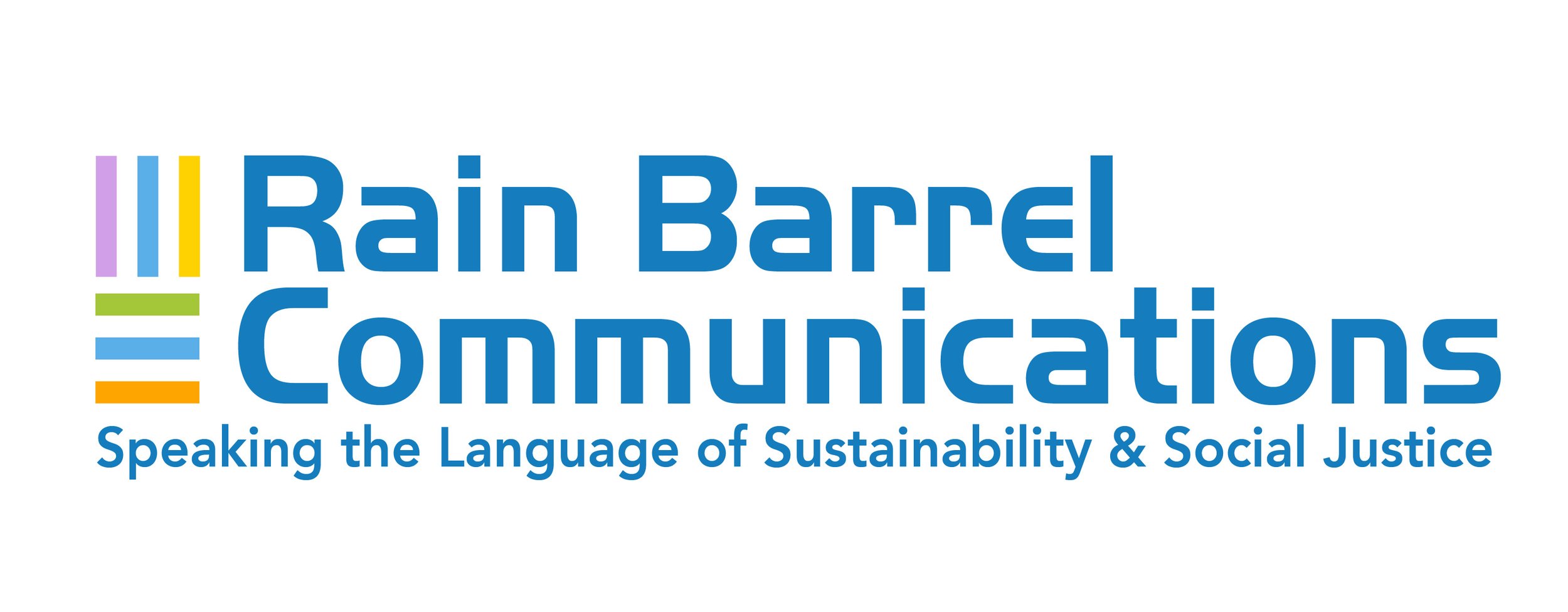Crisis Intervention in the Aftermath of Mexico’s Earthquake
By Ivonne Klein*
On 19 September 2017, an earthquake that registered 7.1 on the Richter scale hit Mexico, causing 420 deaths in several parts of the country – Mexico City, Morelos, Puebla, State of Mexico, Guerrero and Oaxaca. In addition to its painful human toll, the quake felled hundreds of apartment buildings, homes, schools and workplaces. It occurred, by chance, exactly on the 32nd anniversary of Mexico’s even more devastating 1985 earthquake, reviving collective memories of loss and recurring tragedy.
Civil society response to the disaster
The response by Mexicans to the catastrophe, wherever they were, had three common features: it was spontaneous; it was immediate; and it was massive. On television and over social media, a worldwide audience was able to witness countless examples of solidarity: hardware store owners who donated all their tools and equipment so volunteers could clear rubble from collapsed buildings… students who formed brigades working around the clock to search for survivors amidst the rubble… housewives who cooked for the families of victims and the first responders… people who opened their homes to strangers left homeless by the quake.
Alongside this spontaneous outpouring of solidarity, a more organized response soon developed. Civil society groups went into action, providing staff and volunteers with a range of specialized skills drawing in part on prior preparedness training.
Many provided both kinds of support. Those of us with ties to NGOs and community organizations rapidly moved from the spontaneous actions of the first few days to more systematic actions in the face of the ongoing crisis. This is how I joined an emotional support brigade organized by the Latin American Institute for Family Studies (ILEF). We coordinated four types of actions:
On the streets in affected neighborhoods, providing help to residents standing in front of their collapsed or damaged buildings, or to groups taking refuge in shelters and relief distribution centers;
In locations where people reached out to us, asking for our assistance;
At ILEF headquarters, where we offered emotional support to families, children and neighbors seeking help, through both individual and group sessions;
By phone, in response to calls from citizens in need of emotional support and advice.
On the street, during the first few days, I was able to provide support to people of all ages left with only the clothes on their backs, who were unable to re-enter their destroyed or damaged homes. In addition to momentary crisis interventions aimed at reducing panic and fear, we were called on to help these courageous people find the calm and strength to carry on and think through their survival options in the medium-term and foreseeable future.
Back in the offices of ILEF and from our homes, we have been providing emotional support over the phone to people too far away to help face-to-face.
I have also provided support in places where we are specifically requested to offer assistance. This is how I came to collaborate in the community where a school had collapsed, killing 20 children and five adults, a tragedy whose graphic images went viral over social media and came to embody the larger tragedy of the earthquake.
On the grounds of a nearby church, I organized a special event for neighborhood children, several of whom had escaped or were pulled from the ruins of the collapsed school. I quickly learned that some of them hadn´t been able to talk about what they had lived through. Two care dogs were part of my team. I explained that the dogs had been abandoned and rescued from the streets, and later trained to provide help to people in need. The children immediately bonded with them and understood that, like the dogs, they, too, could bounce back and build resiliency in the face of adversity. We used narrative, drawing and relaxation techniques, as well as positive visualization exercises, to help the girls and boys learn how to help themselves through grief, fear and anger.
Response to interventions
The response to the social and emotional support we provided was overwhelmingly positive, evident in both their body language and conversations following the sessions.
From the children, we heard things like: “I’m going to use my invisible ‘protective shield’ when I’m scared!”… “I feel calmer now”… “I feel better”… “I feel strong”… “I feel powerful”… “I feel happy”… “I have new friends”.
From the parents and neighbors we heard: “I think I know what self-care means now”… ”I see what strengths and resources I can rely on”… “Plans that seemed impossible seem more do-able now”… “I feel less anxious”… “I have some tools for dealing with my fears”… “I can use this to help my family”… “I’ve got to take care of myself so I can help others”… “I have strengths I didn’t realize I had”… “Thank you from the bottom of my heart!”
* Ivonne Klein is a Rain Barrel Associate, psychotherapist and author. With Rain Barrel, she has been developing a psycho-social support program to help Mexican immigrant families in the US who are facing the threats and fears of expulsion. For more information regarding the program, contact Robert Cohen.




